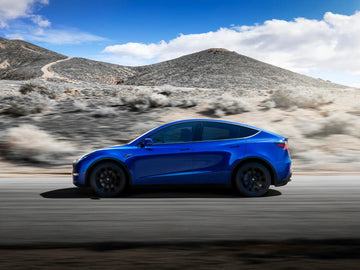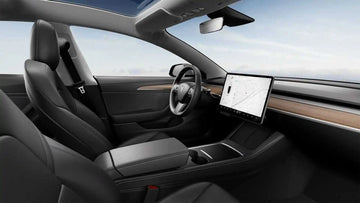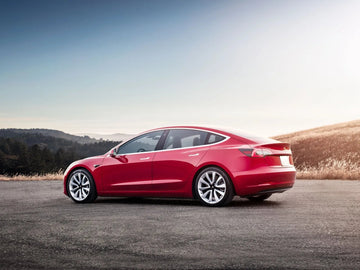Tesla vehicles are renowned for their impressive driving ranges among electric vehicles. However, understanding and optimizing the range of your Tesla requires knowledge about various factors that influence it. In this article, we'll explore what range is, how it is measured, and practical tips to maximize efficiency.
1. Understanding Range
Range refers to the estimated distance your Tesla can travel on a single charge. Unlike traditional vehicles, electric cars like Teslas rely on stored battery energy. The displayed range is based on fixed EPA test data, not personal driving patterns, so it may fluctuate over time.
2. Factors Affecting Range:
- Driving Style and Environment: Your driving habits and the environment significantly impact achievable range. Maintaining optimal driving speeds, using regenerative braking, and considering factors like temperature and terrain are crucial.
- Cold Weather Impact: Cold temperatures can affect range due to increased tire and air drag. Tesla's electric powertrain is efficient, but heating the cabin consumes energy. Using features like the heat pump and adjusting acceleration modes can help mitigate this impact.
3. Energy App
The Energy app on your Tesla's touchscreen is a valuable tool to monitor energy usage, driving behaviors, and receive personalized suggestions for efficiency. Access it through the apps menu to maximize your Tesla's range.
4. Charging Habits:
Charging Routine: Avoid keeping the battery below 20% for extended periods, and charge to the recommended limit based on your battery type. This helps maintain optimal performance.
5. Additional Range Tips:
- Tire Maintenance: Regularly check and maintain tire pressures according to recommendations inside the driver's side door jamb.
- Cargo and Aerodynamics: Remove unnecessary cargo, roof racks, or rear racks to reduce weight and improve aerodynamics. Close windows and adjust air suspension at highway speeds.
6. FAQs:
- Displayed Range vs. Driving Pattern: Understand that displayed range is based on regulatory certification and may not adapt to personal driving patterns. Use the Energy app for personalized estimates.
- Decrease in Estimated Range Over Time: Gradual decreases in range are normal, influenced by factors like Supercharging frequency and battery age. Tesla alerts you to hardware issues impacting battery or range.
- Overnight Range Decrease: Expect a daily 1% charge consumption while parked. Deactivate features like preconditioning when not needed and keep the vehicle plugged in.
- Impact of Outside Temperature: Extreme temperatures affect range, especially in the cold. Tesla's high-voltage batteries are regulated to optimize performance in varied climates.
Conclusion:
Optimizing the range of your Tesla involves understanding how driving habits, environmental conditions, and charging routines impact efficiency. By following the tips mentioned, you can enhance the performance and longevity of your electric vehicle.




















































